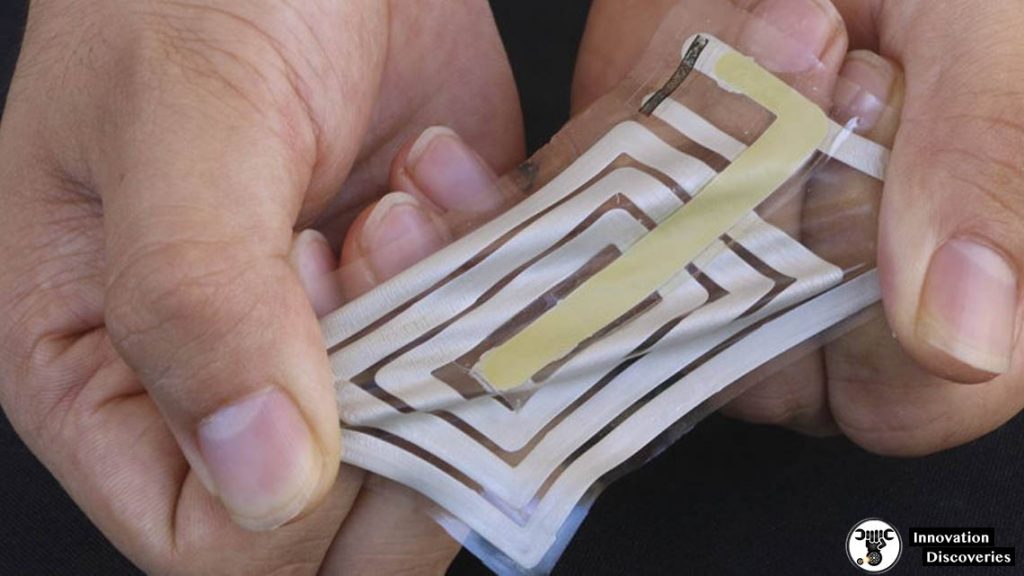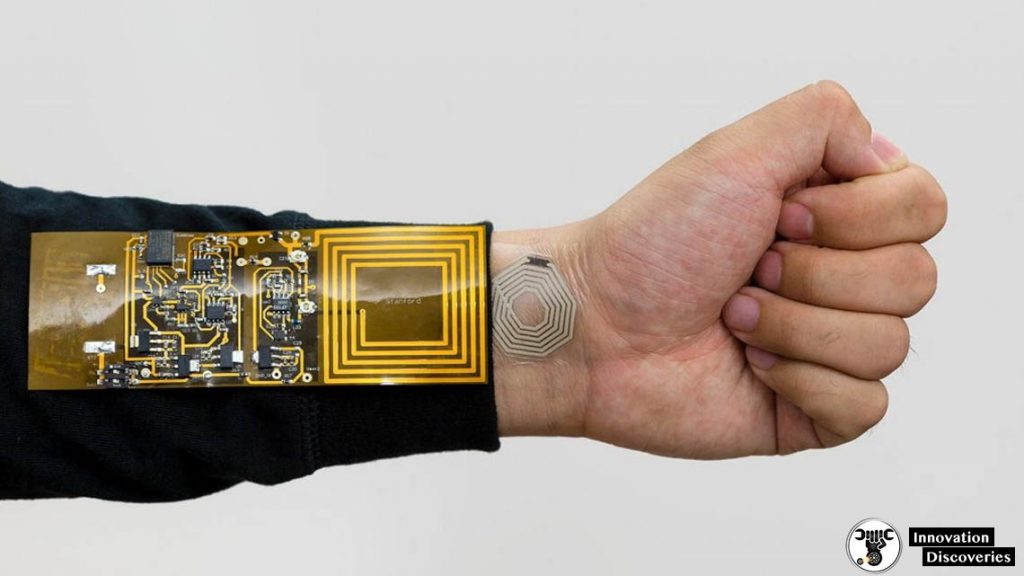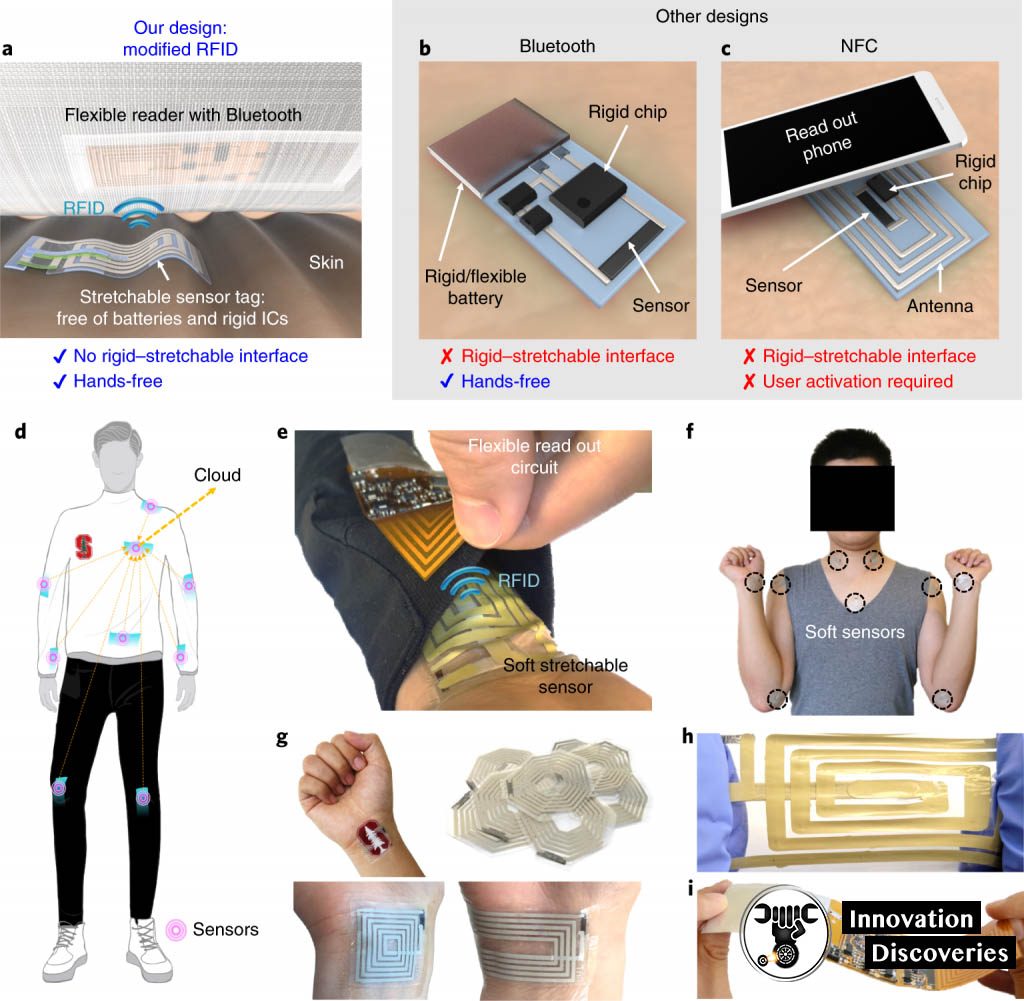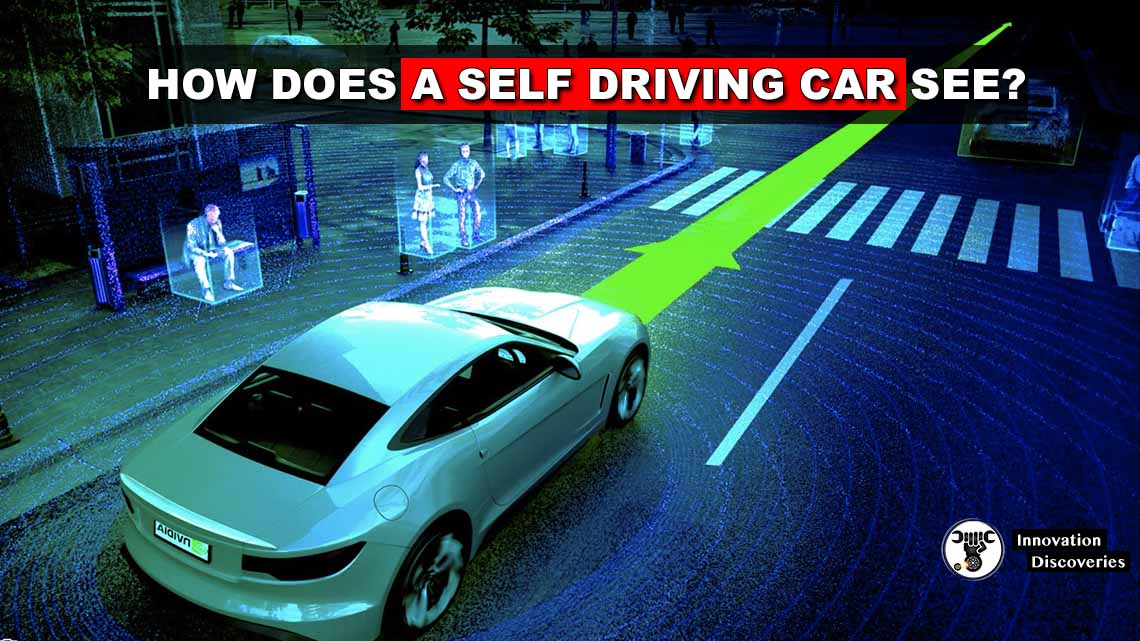
A team of engineers from Stanford has come up with a new kind of wearable technology that has been named BodyNet. BodyNet picks up the physiological signals coming from the skin. This unusual technology is comprised of wireless sensors that can stick just like band-aids and beam readings.
BodyNet Sticks Like A Band-Aid And Uses Sensors To Track Your Health
BodyNet is the brainchild of Zhenan Bao, who is a chemical engineering professor. She is a staunch believer of the idea that the wearable technology will someday find its utilization in medical settings for taking complete body readings. She is also the K.K. Lee Professor in the School of Engineering and said, ‘We think one day it will be possible to create a full-body skin-sensor array to collect physiological data without interfering with a person’s normal behavior.’
BodyNet Sticks Like A Band-Aid And Uses Sensors To Track Your Health.

BodyNet has been undergoing development for about three years. The final goal was to come up with a technology that would prove to be comfortable to wear without having any circuits that might hamper with the ability of the stickers to stretch along with the skin. In order to achieve this goal, the team made use of a variation of the RFID technology. RFID or radio frequency identification is the technology that you use when you gain entry into locked rooms without using keys.
BodyNet Sticks Like A Band-Aid And Uses Sensors To Track Your Health
You hold up an ID card next to an RFID receiver, and an antenna in the ID card receives RFID energy from the receiver and then utilize it for generating a code that is then beamed back to the receiver. BodyNet stickers function similar to these ID cards. They also possess an antenna that can harvest some of the incoming RFID energy from a receiver on the clothing for powering up its sensors. These sensors ten take readings from the skin and beam them back to the nearby receiver.

The researchers had to deal with one key problem; they needed an antenna that was able to bend and stretch just like the skin. They screen-printed metallic ink on a rubber sticker. Stanford’s press release says, ‘However, whenever the antenna bent or stretched, those movements made signal too weak, and unstable to be useful. To get around this problem, the Stanford researchers developed a new type of RFID system that could beam strong and accurate signals to the receiver despite constant fluctuations. The battery-powered receiver then uses Bluetooth to periodically upload data from the stickers to a smartphone, computer, or another permanent storage system.


